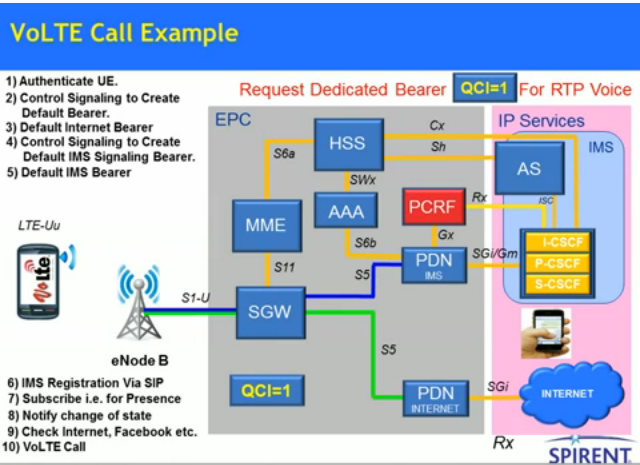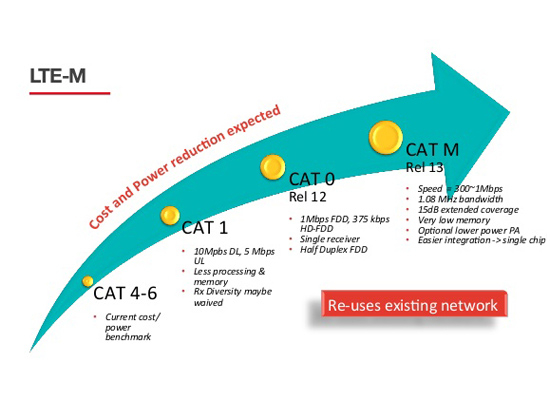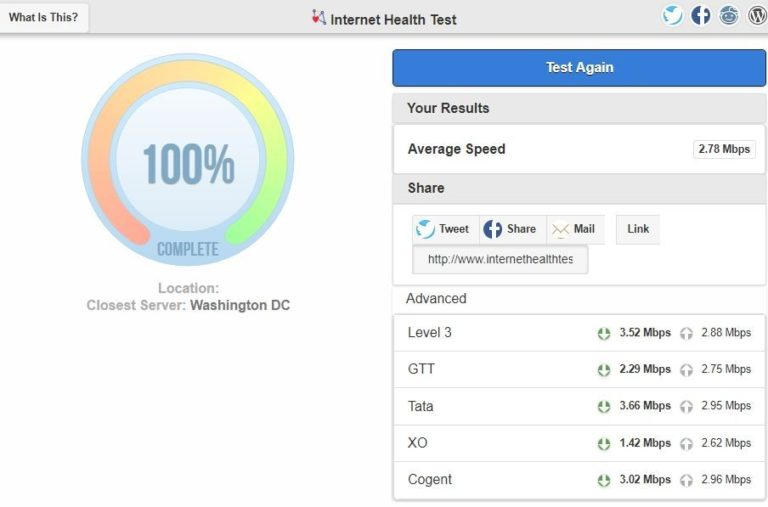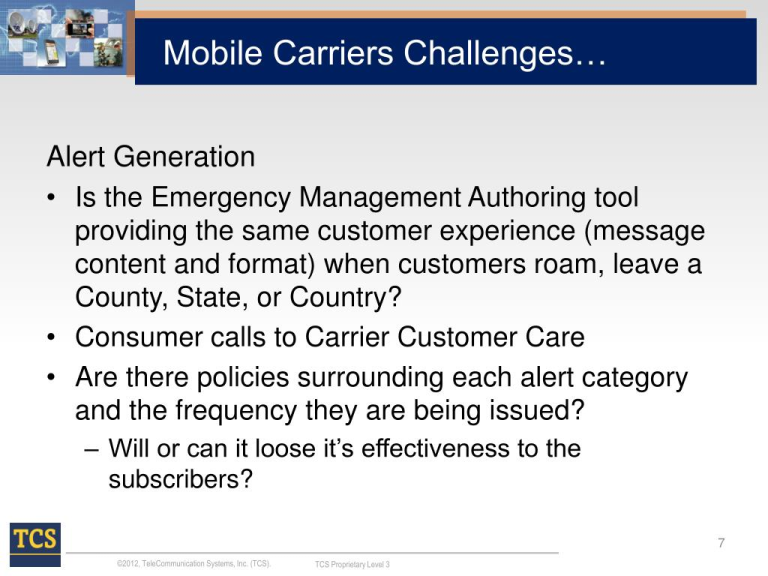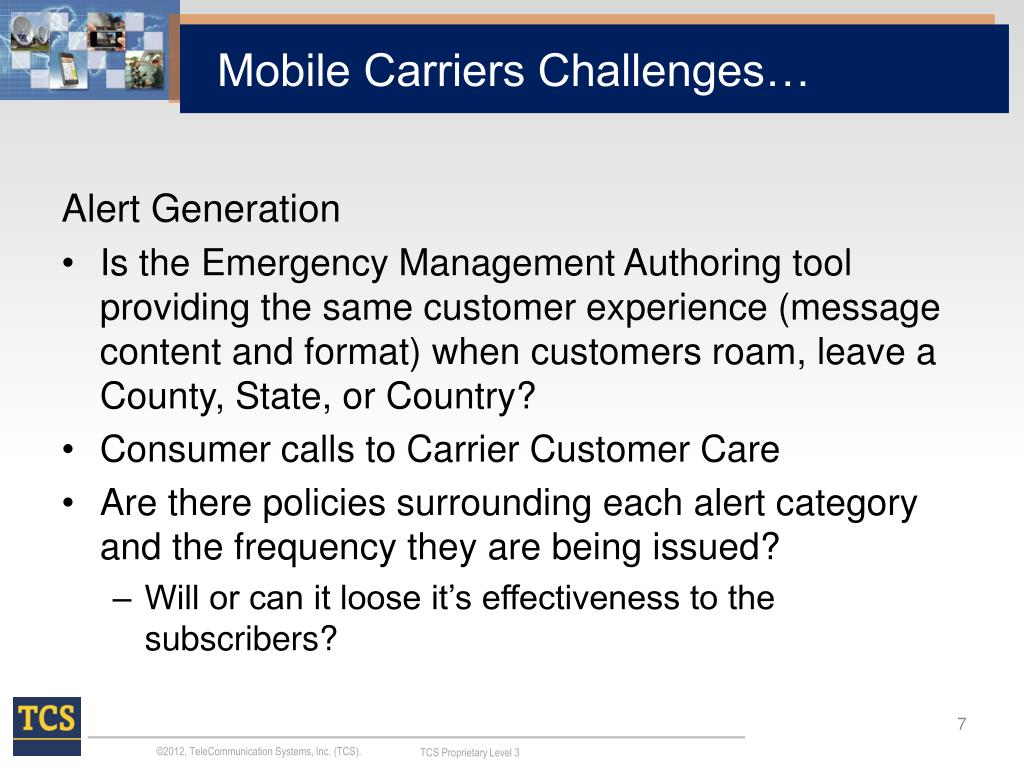
Mobile carriers face numerous challenges in today’s rapidly evolving digital landscape, with the impact of mobile carriers challenges being felt acutely as their traditional voice revenues decline. Over-the-top (OTT) services such as Netflix and Spotify are transforming the way consumers access media, leaving carriers struggling to redefine their revenue streams. As competitive pressures mount, mobile revenue decline has become a pressing concern, leading to profitability issues that many carriers cannot overlook. Furthermore, the rise of these digital services demands significant investments in bandwidth, while customer loyalty in telecommunications remains elusive as users continue to switch networks for better deals. This complex interplay of factors compels carriers to explore innovative solutions, but their efforts often lag behind more agile tech firms who are quick to capitalize on shifting market dynamics.
Telecommunications providers are grappling with significant hurdles amidst a changing business environment, shifting away from traditional revenue sources as they try to navigate profitability in a digital-first world. The stranglehold of popular online services complicates their strategy, as these platforms increasingly erode their subscriber base and diminish average revenue per user. Competition is fierce, with mobile network operators needing to enhance their service offerings while battling customer dissatisfaction stemming from high fees and unpredictable charges. To regain traction, these providers are reviewing their customer engagement strategies, leveraging vast data analytics for insights into user behavior, and potentially restructuring their business models to maintain competitive edge. Ultimately, the telecommunications sector must adapt swiftly to ensure they do not become obsolete in the face of these evolving challenges.
The Impact of OTT Services on Mobile Revenue Decline
Over-the-top (OTT) services are dramatically reshaping the landscape of mobile telecommunications. Traditionally, carriers relied on voice revenues, but platforms like Netflix, Spotify, and others are capturing the market that once guaranteed profitability. This shift not only leads to a decline in mobile revenue but also forces carriers to reassess their role in a rapidly evolving digital ecosystem. The influx of free and cheap communication services has resulted in substantial revenue losses for carriers, compelling them to explore alternative income streams to remain viable and relevant.
As OTT services continue to thrive, they exert pressure on mobile carriers to enhance their infrastructure to meet the growing demands for bandwidth. Yet, consumers have made it clear that they are reluctant to shoulder the costs associated with improving connectivity. The result is a tough competitive environment where carriers must juggle high operational costs with the declining revenue from traditional mobile services, raising questions about their long-term sustainability and market strategies.
Mobile Carriers Challenges in Retention and Acquisition
Carriers face numerous challenges in retaining existing customers and acquiring new ones in this volatile market. As value-conscious customers become increasingly fickle, they often switch providers for better deals, leading to higher retention and acquisition costs for carriers. This challenge is compounded by a prevailing sentiment of customer dissatisfaction, rooted in experiences with hidden fees and inadequate service. Carriers must find innovative ways to foster customer loyalty, enhancing their offerings to ensure that their services are perceived as valuable and trustworthy.
In response, many mobile carriers are investing in customer loyalty programs and utilizing advanced analytics to understand user behavior better. This can include targeted marketing initiatives that address previous customer grievances or providing custom packages that appeal to diverse consumer needs. However, the real challenge lies in overcoming the negative brand perception that tends to linger in the market, as customers remain skeptical of commitments from providers notorious for poor service.
The Role of LTE Security Advantages in Carriers’ Futures
With the ascent of the Internet of Things (IoT) and the rising concerns regarding data security, LTE technology offers a significant opportunity for carriers to differentiate themselves. By enhancing security protocols within their LTE networks, carriers can provide businesses with a trusted platform to connect numerous smart devices safely. This capability not only increases the value proposition for enterprise clients but also positions carriers as pivotal players in the future digital economy, given the surge in connected devices that will demand secure and reliable connectivity.
This security-centric approach also invites exploration into niches like geo-fencing and device management, which can appeal to companies looking to safeguard sensitive data. As enterprises prioritize cybersecurity, mobile carriers must leverage their ability to offer fortified networks, creating a potential competitive edge. However, the ability to execute and effectively market these capabilities remains critical for carriers aiming to reclaim lost profitability amidst escalating competition from tech-driven companies.
Building Customer Loyalty in Telecommunications
Customer loyalty in telecommunications remains a complex issue, often characterized by disappointment due to unsatisfactory service experiences. Carriers need to prioritize customer-centric strategies that not only enhance service quality but also build long-lasting relationships. Implementing transparent billing practices, offering personalized services, and actively responding to customer complaints can significantly improve perceptions, translating to increased loyalty over time.
Moreover, investing in customer education initiatives can help bridge the gap in understanding service offerings, allowing customers to make informed choices. By equipping customers with knowledge about tariffs, services, and technology, carriers can foster a sense of trust and reliability in their brand, effectively increasing loyalty during a time when consumer whims lead to rapid network switching.
Emerging Business Models for Mobile Carriers
As traditional revenue streams dwindle, mobile carriers must innovate by exploring new business models that align with the demands of the digital age. This could involve partnerships with OTT services or investing in value-added features such as enhanced security or content delivery. For instance, integrating services like cloud storage or collaborative tools could create bundled offerings that increase perceived value, helping retain customers while also appealing to new segments.
In addition, carriers can consider diversifying their service portfolio through technology partnerships, providing unique solutions catered to enterprise markets or niche audiences. By tapping into these markets, carriers can alleviate the pressure caused by declining voice revenues and establish themselves as operators of wide-ranging integrated services rather than mere utility providers.
Strategies for Leveraging Big Data Insights
Big data analytics presents a powerful opportunity for carriers to gain insights into customer preferences and behaviors, allowing them to tailor their offerings effectively. By analyzing usage patterns and customer interactions, carriers can develop targeted marketing strategies and optimize their service bundles, which can significantly enhance customer satisfaction and retention. This data-driven approach can also help identify areas for improvement, enabling carriers to respond proactively to market changes.
However, the success of these initiatives hinges on addressing legal and ethical concerns associated with data management. Carriers must navigate the complexities surrounding user privacy and data protection laws to ensure compliance while still extracting value from customer insights. Establishing clear policies and transparent communication regarding data usage can strengthen customer trust and provide a solid foundation for leveraging big data in strategic decisions.
Navigating the Threat of Emerging Technologies
Technology giants like Google and Apple are increasingly encroaching on traditional telecommunications territory, presenting a significant threat to mobile carriers. These companies are exploring alternative communication methods that could bypass carrier networks altogether. For instance, Google’s experimental technologies and Apple’s evolving service ecosystem could disrupt established business models, necessitating that carriers proactively adapt to remain competitive.
To combat these threats, carriers should focus on innovation, investing in next-generation technologies and enhancing their service offerings to create unique value propositions. They must collaborate with technology firms to develop synergistic solutions that integrate well into existing infrastructures, ensuring they remain an integral part of the digital communication landscape.
The Future of Connectivity and Mobile Carriers
As the future unfolds, connectivity will evolve, driven by advancements in technology and consumer expectations. Mobile carriers face the challenge of not only meeting increasingly complex demands but also redefining their roles within this environment. The ongoing expansion of 5G technology, alongside IoT growth, offers carriers new avenues to explore, including ultra-reliable low-latency communication and massive machine-type communications.
Embracing the future also means recognizing the need for flexibility in service delivery. Carriers must enhance their agility and responsiveness to better serve consumers and enterprises alike. By adopting innovative practices and technologies, they can establish themselves as forward-thinking leaders in telecommunications, paving the way for a promising future amidst ongoing transformation.
Carriers and the Evolution of Pricing Models
The challenging economic environment has forced mobile carriers to rethink their pricing strategies. As voice revenue declines and competition increases, traditional pricing models may no longer suffice. Carriers are increasingly exploring flexible pricing structures that could include tiered pricing, pay-per-use models, or package bundling with OTT services to capture a broader customer base and adapt to evolving consumption patterns.
In conjunction with these changes, carriers can leverage advanced data analytics to track customer usage and preferences, allowing them to optimize pricing models based on actual consumption behaviors. This adaptive approach not only enhances customer satisfaction by ensuring fair pricing but also creates opportunities for greater profitability through tailored packages that meet the diversified needs of users.
Frequently Asked Questions
What are the key challenges mobile carriers face due to OTT services’ impact?
Mobile carriers are facing significant challenges due to the rise of over-the-top (OTT) services like Netflix and Spotify. These platforms have disrupted traditional revenue models by offering services that carriers used to provide, leading to a decline in mobile revenue. Carriers are struggling to maintain profitability while competing against these agile tech firms, which often bypass traditional carrier networks.
How are mobile carriers addressing revenue decline amid increasing OTT competition?
To combat mobile revenue decline, carriers are attempting to differentiate their services and explore new business models, such as prioritizing traffic for OTT services. However, these strategies are complicated by the need for customer loyalty in telecommunications and increasing pressure to reduce costs while improving service.
What are the implications of customer loyalty issues for mobile carriers in a competitive market?
Customer loyalty in telecommunications is at a low point, complicating carriers’ efforts to retain users. Customers are quick to switch to competitors for better pricing or service, forcing carriers to invest heavily in retention strategies, which can further impact their profitability. Without strong customer relationships, carriers risk becoming mere utilities.
Can LTE security advantages help mobile carriers regain market competitiveness?
Yes, LTE security advantages present a significant opportunity for mobile carriers. By enhancing device security and offering features like geo-fencing for enterprise customers, carriers can create value-added services that differentiate them from OTT competitors, potentially attracting new business in sectors like IoT.
What strategies might mobile carriers adopt to enhance profitability in light of rising competition?
To enhance profitability, mobile carriers may leverage big data to gain customer insights, develop partnerships with tech firms, and innovate service offerings that include robust security features. Additionally, creating value through IoT connectivity services could also provide new revenue streams amid profitability issues.
How could the connection between OTT services and carriers evolve in the future?
In the future, the connection between OTT services and carriers may involve more cooperative agreements, such as profit-sharing or bundled services. However, if carriers do not adapt quickly to the changing landscape and customer expectations, they risk being sidelined as tech companies continue to innovate on their own.
What role do customer insights play in helping carriers overcome profitability challenges?
Customer insights can play a crucial role by allowing carriers to tailor services to meet the needs of their users better. By analyzing usage patterns and preferences, carriers can create targeted marketing strategies, offer personalized services, and ultimately enhance customer retention amid profitability challenges.
Why is agility a critical factor for mobile carriers in today’s telecom landscape?
Agility is critical for mobile carriers because the telecom landscape is rapidly evolving due to technological advancements and shifting consumer preferences. Being able to adapt quickly to these changes can help carriers implement innovative solutions, improve customer satisfaction, and remain competitive against nimble OTT providers.
What risks do mobile carriers face if they cannot adapt to evolving service demands?
If mobile carriers cannot adapt to evolving service demands, they risk losing market relevance and profitability. This could lead to further consolidation within the telecom industry, as more agile OTT providers may acquire struggling carriers to integrate network services with their platforms.
How does customer behavior affect mobile carrier strategies in the face of OTT services?
Customer behavior significantly influences mobile carrier strategies, as many consumers now prefer flexible, affordable options and readily switch between providers for better deals. Carriers must respond to these behaviors by improving service quality, enhancing customer experience, and ensuring competitive pricing to retain users.
| Key Point | Description |
|---|---|
| Declining Voice Revenues | Mobile carriers are losing voice revenue as OTT services replace traditional services, creating pressure on their business models. |
| Customer Loyalty Issues | Consumers are less loyal due to previous bad experiences and are willing to switch for better deals, making maintaining customers challenging. |
| Big Data Exploration | Some carriers are looking into big data insights but face competition from OTT services already utilizing these strategies. |
| Threats from OTT Services | Carriers struggle with how to profit from OTT services as these services seek to minimize profit-sharing and impact revenue. |
| Advantages of LTE | LTE technology could provide security advantages and market opportunities for carriers, particularly in IoT and enterprise sectors. |
| Challenges Ahead | The structural inertia of carriers may hinder their ability to adapt quickly to new market realities and could lead to further market consolidation. |
Summary
Mobile carriers challenges are at the forefront of telecommunications discussions, as these companies face rapid changes in consumer preferences and technological advancements. With the rise of over-the-top services, traditional revenue streams are under threat, compelling carriers to rethink their strategies. In addition, issues with customer loyalty and the necessity to adapt to big data insights pose further challenges. While LTE presents a potential path forward, the sluggish nature of these corporations may ultimately determine their fates. As the landscape continues to evolve, carriers that fail to innovate may find themselves at risk of obsolescence.
